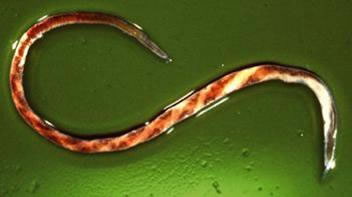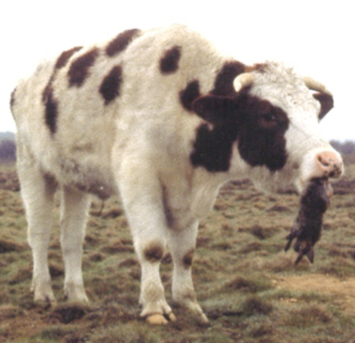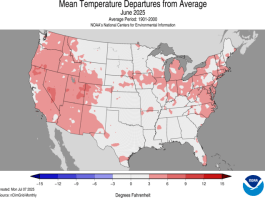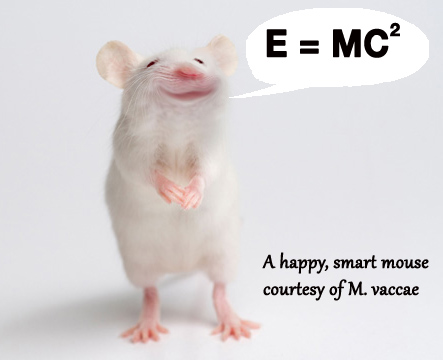
Parasites were behind Dave Scott’s transition from conventional grazing into strategies that were more sustainable.
Dave and his wife run Montana Highland Lamb (Home Grown & Happy). After pasturing lambs on his pastures for 7 years, he and his wife noticed that the worming chemicals they were using were not working as well as they had originally. Gains were down and the lambs weren’t doing as well. A change to a new wormer helped for a couple years, but that only made Dave worry about what would happen when the latest wormer quit working. His worries inspired him to explore grazing strategies that would help manage parasites.
In this video Dave describes what he learned about parasites and grazing and how they used that information to solve parasite problems. Not only did it help with parasites, but it improved soils and forage growth to improve his success.
And the link for all our tablet readers.
Thanks for this video series go to ATTRA’s National Center for Appropriate Technology in Butte, Montana where Dave Scott is a Livestock Specialist. They have all kinds of information to help farmers and ranchers, so check them out!





Thank you Dave for this video (and Kathy and Rachel for posting it) -well done and excellent advice. I have studied H. contortus, the barber pole worm, for many years and with our dairy goat herd have used that knowledge to break the parasite life cycle. We move the herd every 1-2 days and do not return to a paddock until the forage is at least 12-16 inches. (The mantra is “Graze high, so they won’t die.”) We move the herd when the forage base is at approximately 6” to avoid infectious larvae. We also do FAMACHA and fecal egg counts (we do our own and also send samples to MidAmerican Ag Labs in Verona, Wisconsin to get a complete profile of GI parasites species in our samples.) This year, after 4 years of managed intensive grazing and adding haying into our system; out of 170 dairy goats only 2 required worming based on high FAMACHA scores. With 120-140 animals going through the parlor it is easy to add FAMACHA scoring to our routine, and it is also easy to check when they are out on pasture.
One thing I would like to add, FAMACHA scores anemia. We were fooled early on by high FAMACHA and low fecal egg counts. We were able to explain this by understanding that immature worm larvae are voracious blood feeders but do not shed eggs. And we had timed our scoring with a heavy worm bloom a few days after moving off a pastured that had been heavily contaminated. In addition, soil tests indicated very low levels of cobalt and we thought low cobalt could be the explanation for high FAMACHA score in some of our animals. We supplemented our mineral with trace amounts of cobalt and saw a drop in our FAMACHA scores over the next few weeks.
No doubt at all that careful pasture and graze management pay off in herd and soil health, as well as production of quality milk.
Than you again and best wishes,
Ron Klein
Windshadow Farm & Dairy,
Bangor, Michigan
Comments are closed.